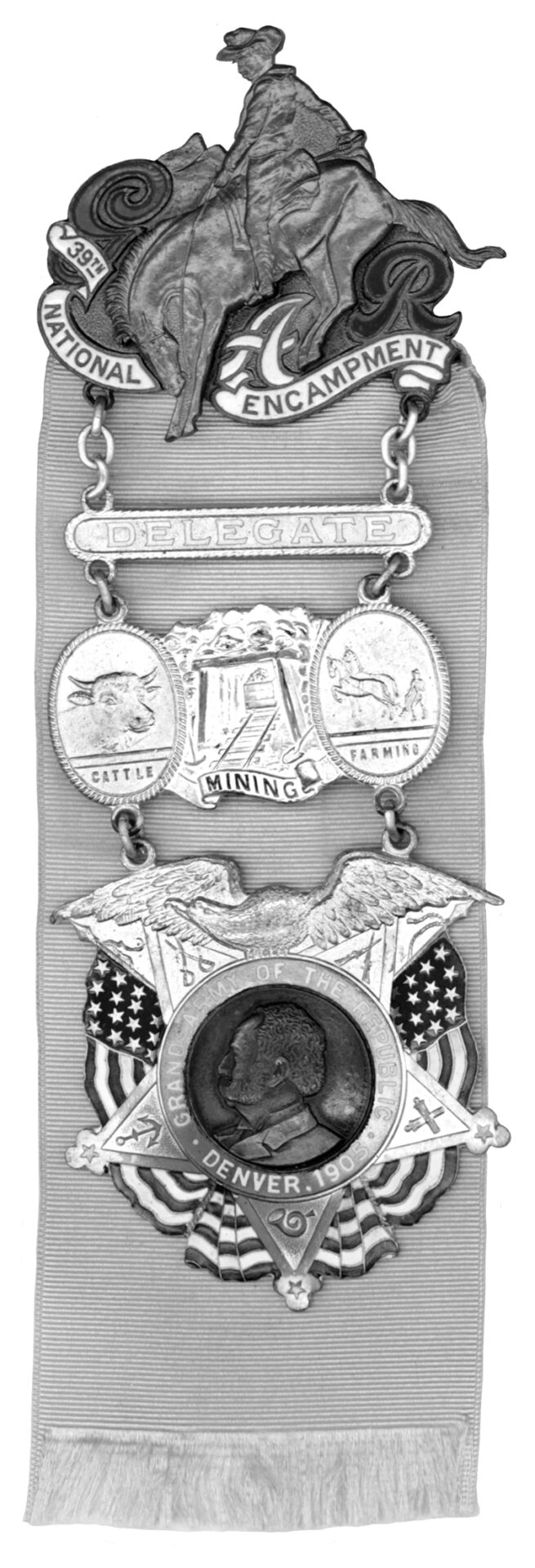Carroll Yesteryears
13 July 2008
GAR Helped to Foster Camaraderie
By Mary Ann Ashcraft
Before our patriotic feelings kindled by Memorial Day and the Fourth of July fade, it is worth looking at one organization which fed deeply on love of country during the late nineteenth century. The Grand Army of the Republic (G.A.R.) was, for former soldiers and sailors of the Civil War, what the American Legion and the Veterans of Foreign Wars are to soldiers of more recent times. Founded immediately after the war by Union veterans, the G.A.R. served not only to keep alive the camaraderie of brothers in arms, but also was a vehicle to preserve the memory of those killed in battle, to aid their widows and orphans, to help men who came home crippled in mind and body, and to fight for pension increases or other benefits.
Carroll County’s four G.A.R. posts – Burns in Westminster, Pickett in Winfield, Thaddeus Stevens in New Windsor and Miller in Taneytown – were founded in the 1880s. The Burns Post, largest of the four, was named for William H. Burns who died at the Battle of Winchester, Virginia, in October, 1864. Its record book at the Historical Society lists members’ names, date of enlistment, regiment and company, wounds suffered, and often death dates. Minutes of the organization provide glimpses into its activities within the community for over 30 years.
The Pickett Post was named for Noah Pickett, one of many Carroll County men who made the ultimate sacrifice during fierce fighting in Virginia in May of 1864. Thaddeus Stevens, an abolitionist U.S. Representative from Pennsylvania, lent his name to the New Windsor post which was formed by local African Americans who fought in the United States Colored Troops. Unfortunately, little is known about Taneytown’s Miller Post, including the source of its name. Posts were frequently named after fallen soldiers, political heroes, and significant battles.
G.A.R. members proudly wore special uniforms and their organization was structured somewhat like the military itself with local leaders known as “commanders,” while other members served as “quartermasters,” “chaplains,” etc. Each year the posts assembled for state reunions while national encampments (reunions) also occurred yearly. The latter were huge affairs during the 1880s and 1890s, attracting tens of thousands of members who flooded cities like Boston, Denver, Philadelphia and Chicago. Membership and influence of the G.A.R. peaked during those years, but fell off rapidly at the beginning of the twentieth century. It is hard to believe the final national encampment occurred as late as 1949!
Women participated as members of auxiliaries such as the Women’s Relief Corps or the Ladies of the Grand Army of the Republic. They, too, turned out for the encampments. Although not a political organization, the G.A.R. and its auxiliaries, with nearly a half-million members at one point, exerted significant influence on behalf of Union veterans and their dependents.
In 1884, over two thousand members of Pennsylvania G.A.R. posts encamped near State College, erecting a small city of tents and celebrating their reunion as follows: “…eating, drinking, singing, dancing and a general abandonment of all else to pleasure, was the order of the day….About six o’clock on Saturday evening, the grand street parade was ready to start, and the line which contained about 800 men really presented a fine appearance. A great many of the old soldiers, bent on having a good time, could not be gotten into the line at all at any time either in town or on the camp ground. ” Encampments at both state and national levels were a mixture of serious business with fun. The horrors of the Civil War must have seemed a hundred years away.
Mary Ann Ashcraft is a library volunteer at the Historical Society of Carroll County.
Photo credit: Historical Society of Carroll County

Photo caption: This delegate’s badge from the Grand Army of the Republic’s 39th National Encampment, held in Denver in 1905, belonged to John H. Mitten of Westminster. Mitten served in Company A, Sixth Maryland Volunteer Infantry and was a charter member of the Burns Post, Grand Army of the Republic.





